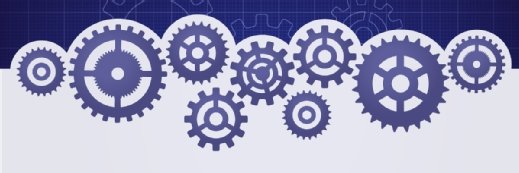
3 ways to use AI to improve employee experience
Technology like conversational AI and large language models can potentially help companies improve employee experience. Learn how HR leaders can use them.
As low unemployment and hybrid work continue, HR leaders must continue prioritizing employee experience so their organizations can retain great talent. Technology like hyperautomation and large language models can help companies improve their employee experience.
Companies can use hyperautomation to onboard new employees, conversational AI to answer employee questions, and large language models (LLM) to analyze employee satisfaction data and create HR content.
Here's more about how this AI-powered technology can help improve employee experience.
Hyperautomation for onboarding
Onboarding is a crucial part of employee experience, as first impressions set the tone with new employees. From the moment the offer letter is signed, HR must work with the new employee to potentially complete a myriad of tasks, including background checks, drug screenings, equipment and software access requests, payroll setup, and compliance trainings. In addition, this process often uses disparate systems and external vendors, which can make the process more difficult to complete, potentially requiring the company to delay a new employee's start date.
Hyperautomation can make these tasks easier to complete for the onboarding manager and others who work on hiring. Usually the onboarding manager makes sure the new hire has successfully completed one task before moving onto the next, but hyperautomation can track the sequence of events and trigger the succession to move the process along more quickly. For example, once an employee background check is complete, the process instantly moves to the drug screen. With hyperautomation, HR staff don't need to manually move the onboarding process forward, and the employee won't be left waiting.
Conversational AI for employee questions
New and veteran employees may struggle to find the benefits information they need, as it can be spread across the company intranet, knowledge articles and various HR systems. In addition, employees may need benefits questions answered after hours, when the benefits team isn't checking their messages. For example, an employee may have a question about their health insurance when they're taking their child to an emergency room on a Saturday afternoon.
If their company uses conversational AI, employees can ask the AI for the benefits answers they need instead.
LLMs for employee survey insights
LLMs and generative AI use natural language processing and probability to understand and predict trends in data as well as reply to questions in a coherent manner. For example, instead of having an HR manager forward email requests and answer questions, an AI model can sort through emails, answer some questions using generative AI, and route more complex questions to the correct HR resource, speeding up the response process.
Other potential LLM and generative AI use cases for HR include compiling employee satisfaction surveys and exit interview data. Both can offer valuable insights into the company culture, and an LLM can identify patterns and generate sentiment analysis. This data can help HR managers create strategies to improve employee engagement and morale.
Christina Kucek is the executive director of intelligent automation at CAI.





